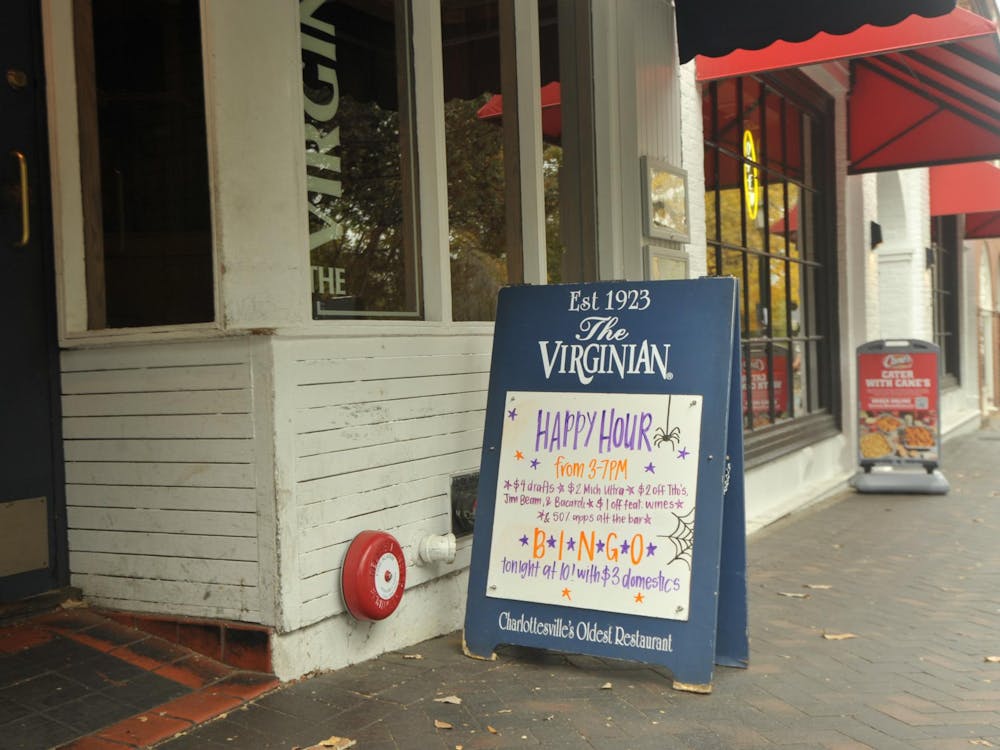The 1918 Spanish flu is back. Earlier this month, U.S. scientists announced they had created a living copy of this deadly pathogen, which has not been seen on Earth for the last 85 years. Although a remarkable scientific achievement, the revival of this tiny virus has sparked a renewed fear in global bioterrorism and may be closely linked to research on the spreading bird flu.
This particular strain of influenza caused one of the largest pandemics in human history. According to the Centers for Disease Control and Prevention (CDC), the 1918 Spanish flu may have killed up to 50 million people worldwide during its heyday in 1918-1919, including 500,000 people in the United States alone. Many of these victims died after only a few days of infection, and nearly half were healthy, young adults.
Physically recreating such a virus is not an easy task, and its revival is truly a tale of hard work, ingenuity and sheer brilliance. In 1995, pathologist Jeffrey Taubenberger of the Armed Forces Institute of Pathology and his group of researchers began working to piece together the viral genome. To do so, they relied on tissue samples from a long-deceased Eskimo who died of the disease and whose body was preserved in the Alaskan permafrost, as well as archived tissue samples taken from soldiers who had fallen victim to the disease in 1918. By employing modern techniques in genetic engineering, they were able to completely sequence the virus' eight genes and publish their results in Nature.
That's not the end of the story, however. Once the entire genome sequence was available, other researchers set about reconstructing the 1918 virus. Virologist Peter Palese's team at the Mount Sinai School of Medicine in New York City stitched the eight genes into a regular flu virus genome and shipped the DNA to the CDC in Atlanta. There, virologist Terrence Tumpey inserted the DNA into cells to make live virus.
And here is where the debate really begins: Now that the virus has been reincarnated and the methods published, what's next? Maybe scientists will use the information to develop an effective new flu vaccine. On the other hand, maybe terrorists will create their own strain of the deadly virus and release it, starting another pandemic that could kill millions. It's easy for the imagination to run wild, but could terrorists actually construct the virus using the genome sequence and employ it as an agent of bioterrorism?
Engineering Prof. William Guilford, who teaches biomedical engineering at the University, said he doesn't think so.
"It is highly unlikely, and essentially impossible, that a terrorist or terrorist organization would have the facilities and expertise to completely recreate an influenza virus based solely on its genome," Guilford said.
That's not to say the genetic and microbiological techniques and equipment needed to perform such a feat aren't available. In fact, the infamous polio virus was recreated based solely off its genome sequence by famed microbiologist Eckard Wimmer.
Still, according to Guilford, there are significant differences between the influenza and polio viruses.
"The genome of the influenza virus is over 200 times larger than polio, and recreating it is clearly out of the league of any terrorist organization," he said. "Whether or not the underlying technology to do so exists is somewhat beside the point."
Medical School Prof. Barbara Mann, who teaches in the University microbiology and internal medicine departments, shares a similar viewpoint. Mann said she believes recreating the 1918 influenza virus "would be possible" but "difficult" and "not something a non-expert could do."
Working with such virulent pathogens requires extreme care and modern facilities, something terrorists may not have access to.
"One would also need a specially designed laboratory to contain the virus and protect workers from exposure," she added.
Contrary to the public hysteria surrounding possibilities of bioterrorism, most experts believe the dissemination of knowledge about the 1918 Spanish flu is necessary and will prove beneficial. On the other end of the spectrum, others believe a ban should be placed on the publication of potentially dangerous or controversial scientific research to ensure that sensitive information doesn't end up in the wrong hands. This idea of scientific censorship has met violent opposition, especially from scientists and professors whose careers depend upon the publication of their research.
"I am absolutely against any form of scientific censorship," said Biology Prof. Elizabeth Machunis-Masuoka, who teaches a course on bioterrorism. "I believe bioterrorism is a possibility. In my opinion, the world shouldn't be as worried about bioterrorism -- of any form -- as it should be worried about day to day reality."
Even if everyone agreed that it was needed, instituting a ban on potentially dangerous scientific literature would be nearly impossible. "What is considered 'potentially dangerous' is typically based more upon wild speculation, irrational assumptions, political spin and media hype than upon scientific fact," Guilford said. "Should we have banned the publication of life-saving data on bacteria since that very same information has been used to weaponize anthrax? Knowledge may be used alike by the just and the unjust, and to what end no one may predict."
Although debated, the publication of the research on the Spanish flu is in fact quite timely. A closer examination of the virus revealed that it shares many similarities with the H5N1 influenza strain, better known as the avian or bird flu, currently sweeping across Asia.
"A pandemic flu is coming," Machunis-Masuoka warned. "Will it be as bad as 1918? No one knows. Studying the 1918 flu gives us a phenomenal opportunity to try and figure out how and why a flu strain can become deadly, and only by doing basic research like this will we have any hope of combating it."
John Skehel, of the Medical Research Council National Institute for Medical Research in London, already has utilized the published genome sequence of the 1918 virus to build its hemagglutinin (HA) -- a protein that latches onto receptors on the host cell surface -- and determines its structure.
This protein structure suggests that the 1918 strain, despite its avian-like sequence, had a shape that helped it bind tightly to human receptors and infect cells. If this hypothesis is correct, it would help explain why the 1918 strain spread so well in the human population. This knowledge also may prove crucial in understanding whether or not the current avian flu has the capability of making a full-fledged jump to the human population and starting the next influenza pandemic.
"Which is the greater risk?" Guilford asked. "That one of the constantly emerging strains of flu will run unchecked through our population because we lack the necessary knowledge to blunt its progress? Or that a non-existent terrorist organization with world-class labs and the best and brightest minds will recreate the Spanish flu in a scheme for world domination more representative of a James Bond plot than of reality?






